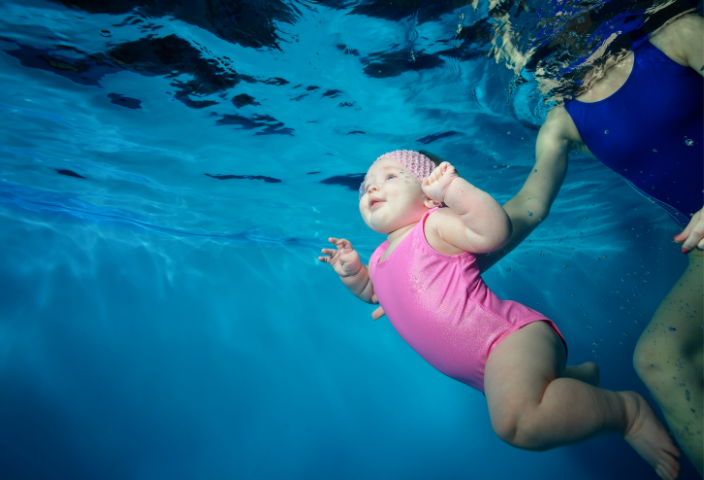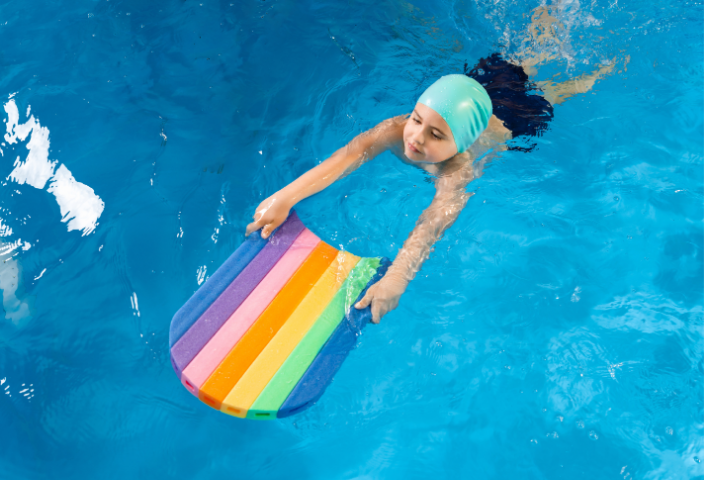The Surprising Benefits of Swimming for Children

When we think of swimming, we often picture the joy of splashing in the water, the refreshing feel of a cool pool, or the exhilaration of swimming in the open sea. While these aspects are undeniably enjoyable, there's more to swimming than just a good time. One fascinating and lesser-known aspect of swimming is its ability to improve flexibility and balance, especially in children.

1. Dynamic Stretching in Every Stroke:
Swimming engages a wide array of muscles, fostering dynamic stretching as children move through different strokes. The rhythmic extension and contraction of muscles during activities like freestyle, breaststroke, and backstroke encourage flexibility by enhancing the range of motion in joints. This dynamic stretching is fundamental in preventing stiffness and promoting limberness.

2. Buoyancy Eases the Strain:
Water's buoyancy acts as a natural support system, reducing the impact on joints. Unlike high-impact sports that can strain developing bones and muscles, swimming allows for a gentler stretching of limbs. This buoyant environment enables children to explore and push their flexibility boundaries without the risk of injury, creating a safe space for physical development.

3. Core Strength and Stability Challenges:
Navigating through water requires constant adjustments in body position, providing an excellent challenge for core strength and stability. As children learn to balance themselves against the resistance of water, they develop stronger core muscles. This newfound core strength becomes a pillar of stability, not only in the pool but also in their daily activities on dry land.

4. Coordination in the Resistance:
The resistance offered by water adds an extra layer of difficulty to swimming, demanding heightened coordination. To move efficiently, children must synchronize their movements, leading to improved overall coordination. This coordination not only enhances swimming proficiency but also carries over into other physical activities, refining motor skills and balance.

5. Early Habits, Lifelong Benefits:
The habits formed during childhood tend to echo into adulthood. Introducing children to swimming as a regular exercise lays the groundwork for a lifetime of flexibility and balance. As they grow, these habits become ingrained, contributing not only to physical well-being but also to a more active and healthier lifestyle.
In conclusion, swimming emerges as a powerhouse for cultivating flexibility and balance in children. Beyond the sheer enjoyment of splashing in the pool, the deliberate movements in the water sculpt agile bodies, nurturing habits that extend far beyond childhood. Encouraging children to dive into the world of swimming is an investment in their physical well-being, setting the stage for a lifetime of health and vitality.
